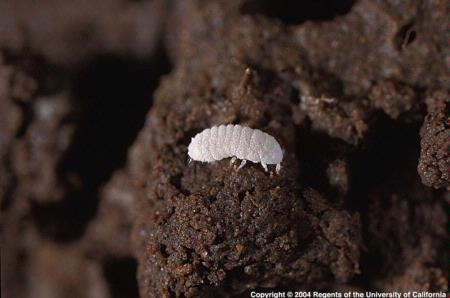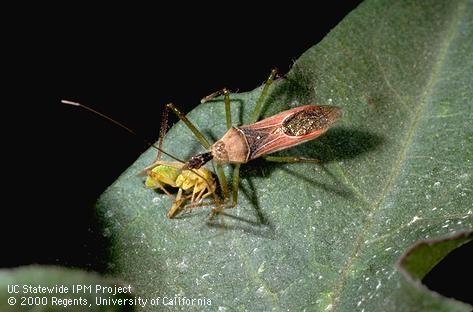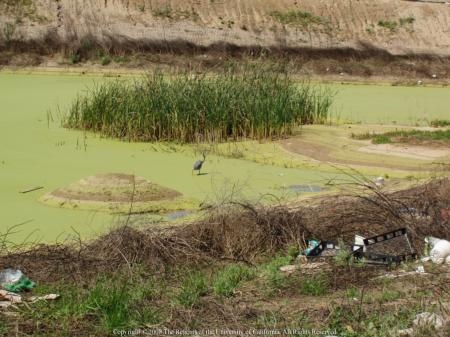
Posts Tagged: greenhouse production
Mealybugs
There are several different species of mealybugs, with a wide range of hosts. High populations of these insects can slow growth and cause plant damage.
UC IPM Online’s Pests in Gardens and Landscapes resource provides readers with photos and text to identify and manage mealybugs.
Topics include:
- Identification of species
- Life cycle
- Damage
- Solutions
Resources for commercial growers can be found here.

Biological control and natural enemies
Biological control can be used to control pests and the damage they cause in gardens, landscapes, agricultural, range and wildlands.
What is biological control? Biological control is using natural enemies to reduce the numbers of pests. Natural enemies include: predators, parasites, pathogens and competitors. Pests include: pest insects, mites, weeds, pathogens, nematodes and vertebrate pests.
Using biological control methods can reduce or eliminate the use of pesticides and herbicides. Reducing pesticide and herbicide use is beneficial to improving water quality.
To learn more about biological control, please see UC’s Natural enemies gallery. Resources include:
- Biological control and natural enemies pest note
- Narrated presentation on biological control
- Meet the beneficials: Natural enemies of garden pests
- Descriptions and identification of many predators and parasitoids commonly found on California farms and landscapes
- And much more
Natural enemies resources in Spanish can be found towards the bottom of this page.
Most of these resources are available at no charge. However, some are priced publications. When ordering online, please use promo code PRVEN56 to receive 10% off your order, plus a portion of the purchase price will go towards supporting local programs.
Interested in learning, but not purchasing? Priced publications can be viewed in our office. Please contact us in advance to ensure publication will be available upon your arrival.

Nursery and greenhouse research and outreach
UC Cooperative Extension Advisor, Julie Newman works to reduce potentially damaging environmental impacts while improving the profits of nursery and greenhouse producers. Luckily, these two goals often go hand in hand.
Greenhouse and nursery crops are big business in Ventura County and Julie’s work helps to provide the science-based research required to further strengthen this industry.
Local ongoing field research includes the development of pest management programs which reduce the use of pesticides and incorporate environmentally-friendly pest management strategies, and the development of crop management systems for growers which utilize less water while protecting the quality of our water for drinking and other beneficial purposes.
UC's Nursery and Floriculture Alliance (UCNFA) joins UC researchers throughout the state, providing a great way for information to be shared. Julie Newman and other UC scientists work together to produce the UCNFA newsletter. The new edition has recently been added to our website and includes the following topics:
- Ecological approaches used in nurseries to treat water
- Drainage channels and vegetated filter strips in nurseries
- Give your potting mix the gentle and clean smell of freshly laundered linens while it repels insects
- Two new pests and soil fumigant label changes
- Light brown apple moth management in nursery stock: Mating disruption control strategy proven useful but incomplete
- How Aussie growers are addressing water issues
- And more!
For those of us who are not growers, the newsletter provides a unique look into the industry that produces these products for us.

